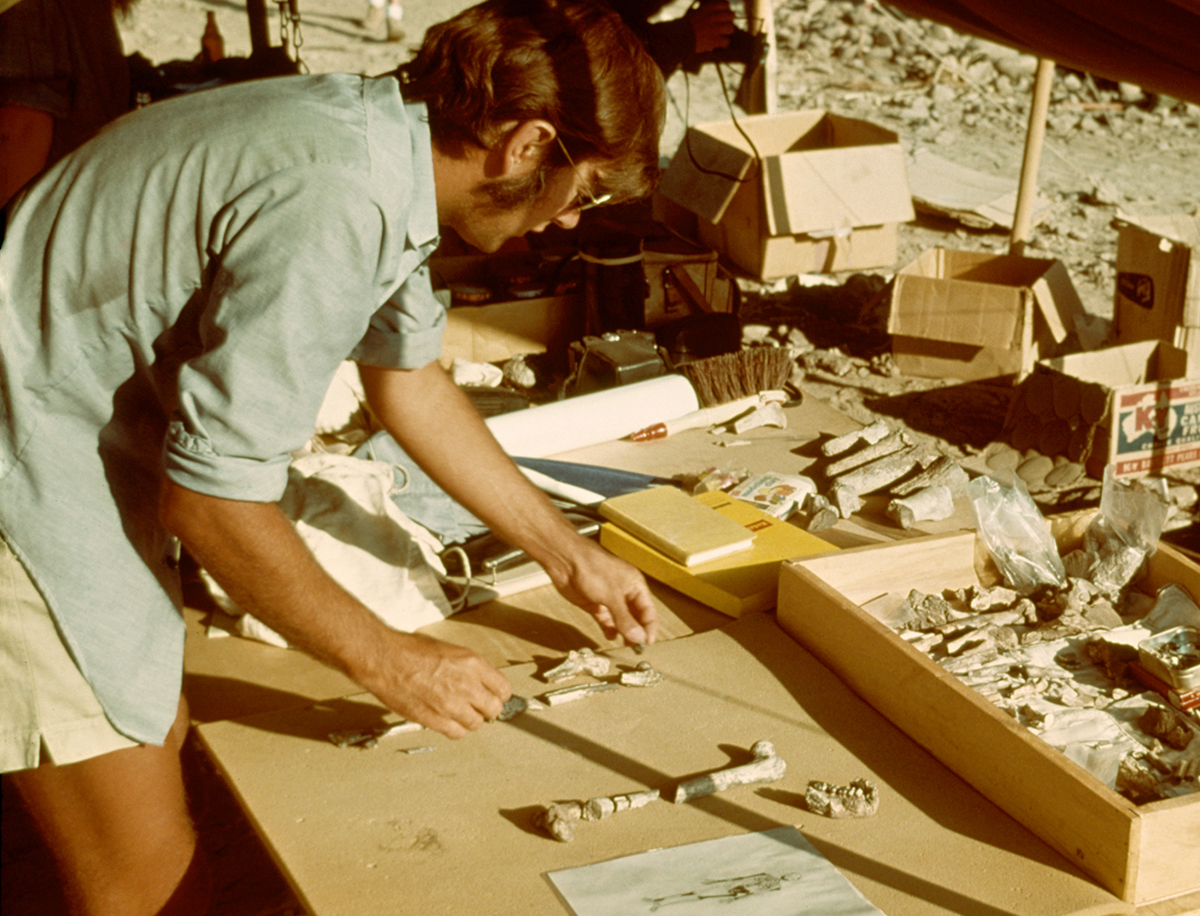Finding Lucy: An Exhibit to Celebrate 50 Years of Discovery

Event description
- Family friendly
- Free
- Open to the public
- Science
Exhibit opening: Wednesday, Nov. 6, 2024
6:30 p.m. public talk by Yohannes Haile-Selassie, Institute of Human Origins director, and Chris Campisano, IHO research scientist, associate professor in the School of Human Evolution and Social Change, and Hadar Research project director.
Fifty years ago — on Nov. 24, 1974 — a young paleoanthropologist, Donald Johanson, walking in the dusty landscape of the Afar Rift Valley of Ethiopia, discovered the first human ancestor fossil who reliably walked upright on two feet — “Lucy.”
Popularly known as Lucy because of the discovery team listening to The Beatles’ song “Lucy in the Sky with Diamonds” — the 3.2-million-year-old fossilized Australopithecus afarensis skeleton remains the most complete representative of human ancestors who were adapting to life on a changing landscape.
During 2024, renowned paleoanthropologist and public scientist Donald Johanson and Arizona State University’s Institute of Human Origins are celebrating the 50th anniversary of the discovery of the fossil skeleton Lucy — one of the most significant anthropological findings of our time, which ushered in a new era of science-based human origins discoveries.
By reflecting on the importance of that discovery, the institute aims to reignite a global interest in how we “became human,” promoting the importance of connecting our human past to the planet's global future.
The Institute of Human Origins and the School of Human Evolution and Social Change have partnered to create an exhibit to mark this milestone in human origins. Through photographs, specimens, casts, and lifelike reproductions, this exhibit tells the marvelous story of Lucy's discovery, explores how she fits into the human family tree, and reveals how she continues to inform our understanding of what makes us human.
The exhibit runs through Feb. 28, 2025.

